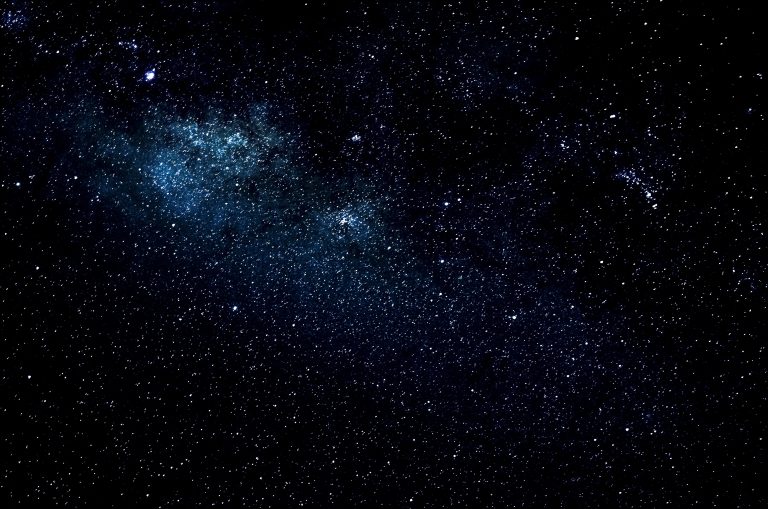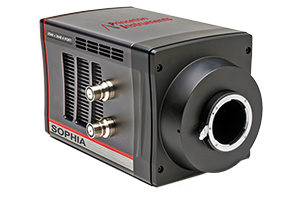Measuring the Position of Galactic Objects
Norbert Zacharias
Journees
Deep South Telescope, Conference Paper
Introduction
While the cutting-edge performance in astronomical observations is achieved by space based telescopes and ultra large telescope facilities on earth, researchers use and develop new smaller measurement facilities for specific measurement tasks and other applications that do not require the immense resources of larger facilities.
The Deep South Telescope (DST) is a 1m telescope facility (using a PW1000 telescope form PlaneWave instruments) that was built and is operated by the US Naval observatory (USNO) at the Cerro Tololo Interamerican Observatory in Chile, for observation of objects in the southern hemisphere. One of the measurements projects performed at the DST involves follow up observations confirming results of sky surveys performed by the Gaia satellite. The success of the Gaia space mission of the European Space Agency effectively ended ground based measurements, according to Norbert Zacharias and his coworkers at USNO. Gaia was launched in 2013 and has since catalogued the position and motions of billions of galactic objects with unprecedented measurement precision.

The DST was designed and optimized for astrometry, that is the precise measurements of the positions and movements of objects, stars and galaxies in the sky. In a recent paper, where the team around Dr. Zacharias reports on the installation and first measurements of the DST, they describe their goal to focus on smaller regions in the southern hemisphere to investigate and follow up on peculiar results from the Gaia measurements in collaboration with the Paris Observatory. Specifically, researchers noticed that the position of around 10% of objects in the international celestial reference frame (ICRF), obtained via ultra-precise, long-baseline radio-interferometry, deviate significantly from the positions obtained by Gaia taken at optical wavelength of the electromagnetic spectrum. Understanding the differences of these measurements is important as the ICRF is the standard reference frame for definition of the position of astronomic objects.
For optical detection at the DST it was important to the researchers to have a highly sensitive detector that covers a large amount of the focal plane of the instruments, alongside offering a high dynamic range, to observe faint objects as well as bright stars. The telescope uses a Teledyne Princeton Instruments SOPHIA camera with a large 4k x 4k sensor to achieve their measurement targets. Based on their first light tests they note that "the dynamic range of the instrument is very large, about 8 magnitudes, due to the relatively large pixels, sampling and low noise properties of the detector running at -80⁰C cooled by TEC with glycol (no liquid nitrogen, no dewar)."
Currently the researches are troubleshooting small issues, that occur at every new telescope facility upon first light, and they hope to obtain first measurement results during the year 2020. However, these results show that the new generation of commercial, larger sensor area CCD cameras are a suitable choice for challenging astronomical observations.
